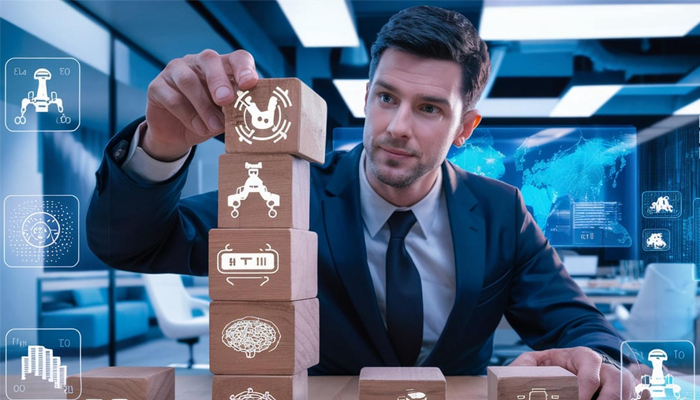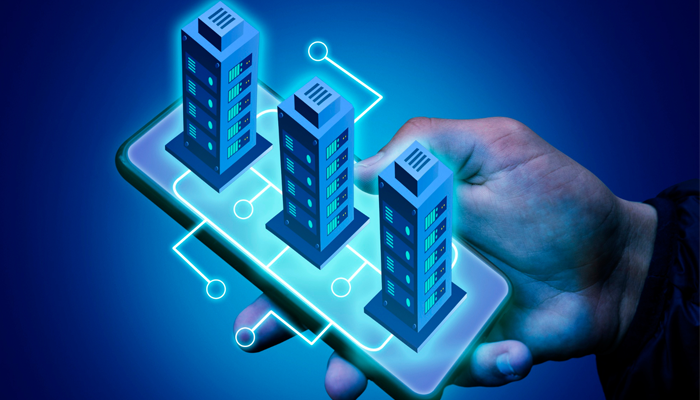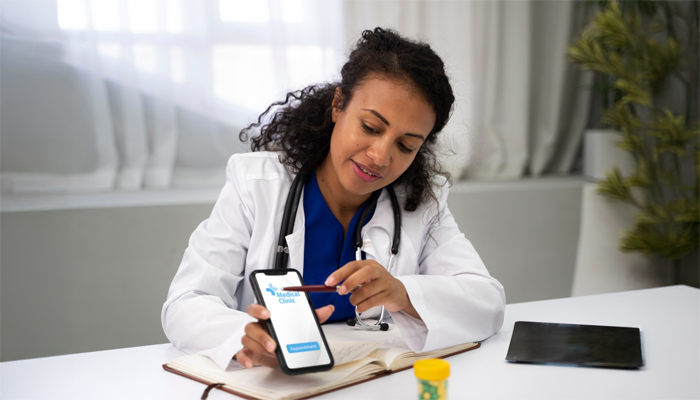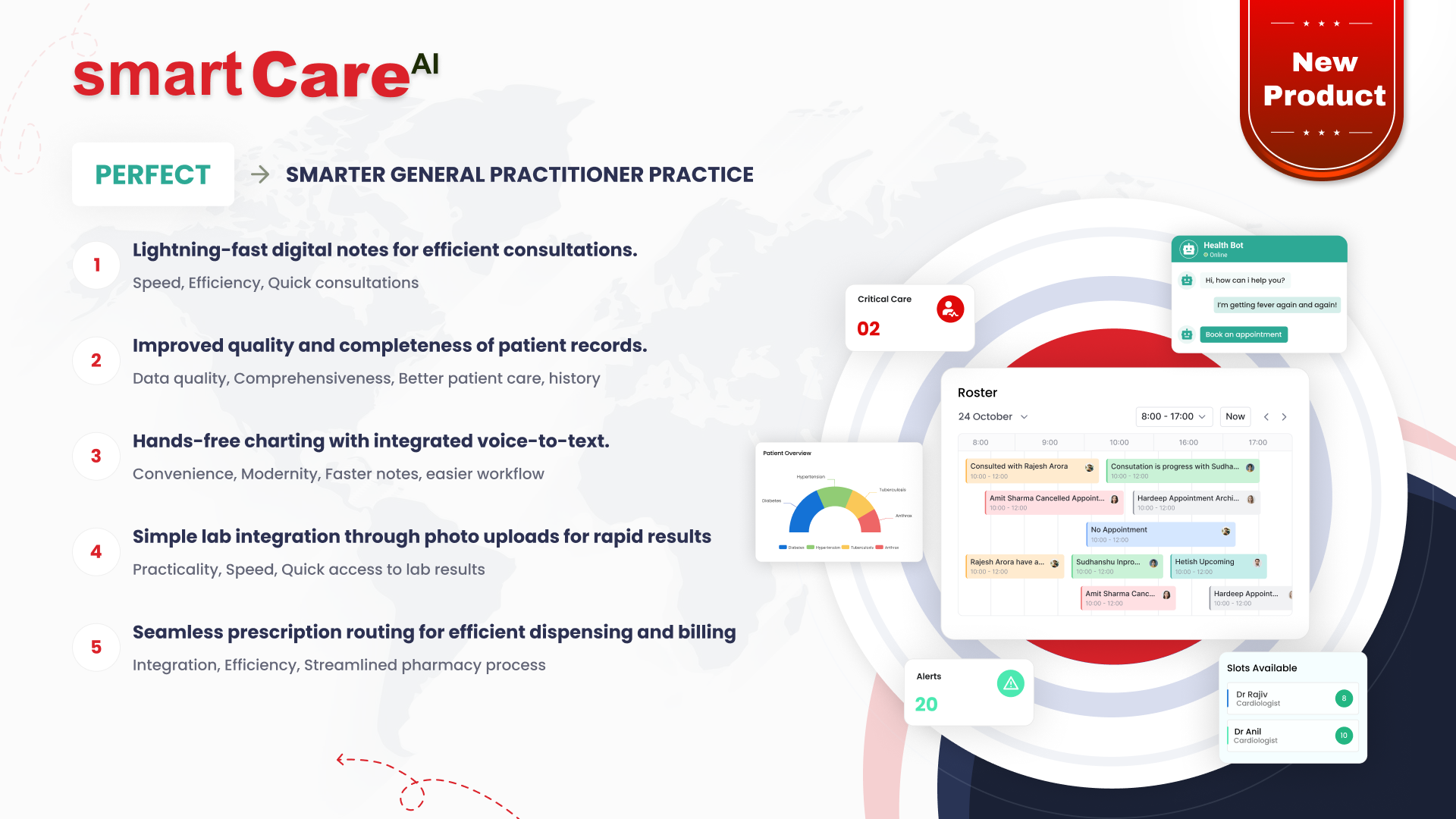Posted On February 28, 2025
What Are the Key Features to Look for in Healthcare IoT Solutions
The healthcare industry is undergoing a transformative shift, and one of the driving forces behind this change is the Internet of Things (IoT). IoT solutions in healthcare help streamline operations, improve patient outcomes, and enable better management of resources. But with the vast array of IoT solutions available, it can be difficult to determine which features truly make a difference. In this blog post, we will explore the key features to look for in healthcare IoT solutions to ensure you choose the right technology for your needs.
Understanding the Role of IoT in Modern Healthcare Solutions
The role of IoT in healthcare goes beyond just connecting devices; it is about enhancing the delivery of care through real-time data monitoring, seamless integration, and automation. Healthcare IoT solutions allow medical devices, wearables, and other technology to communicate and share critical data. This connectivity helps healthcare providers deliver more precise and timely care, improves patient monitoring, and enables better resource management.
For example, IoT-enabled devices like wearable heart rate monitors or glucose meters continuously collect data, allowing healthcare professionals to remotely monitor patients and intervene when necessary. The real-time data provided by these devices plays a crucial role in preventing complications and improving patient outcomes.
Top Features That Make Healthcare IoT Solutions Effective
Effective healthcare IoT solutions must offer a range of features to optimise their potential. Key aspects include:
- Real-Time Data Collection: The ability to collect data in real time is essential for effective patient monitoring. This feature allows healthcare providers to instantly identify changes in a patient’s condition and take swift action.
- Data Accuracy: Healthcare IoT solutions must provide precise and reliable data to ensure informed decision-making. Any inaccuracies in data can lead to misdiagnosis, delayed treatment, or even harmful outcomes.
- Remote Monitoring: Healthcare IoT solutions enable continuous monitoring of patients, even outside the clinical environment. This feature is particularly valuable for patients with chronic conditions, as it allows for ongoing management without the need for constant visits to the doctor.
- Scalability: A robust IoT solution should be scalable, allowing healthcare facilities to expand their systems as needed. Whether it’s adding new devices, users, or departments, scalability ensures that the solution can grow with the needs of the healthcare provider.
How Real-Time Data Monitoring Enhances Patient Care
Real-time data monitoring is one of the most valuable features of healthcare IoT solutions. The ability to continuously collect and monitor data allows healthcare providers to track patient conditions in real time. Whether it’s monitoring vital signs, blood sugar levels, or medication adherence, real-time monitoring helps to detect early warning signs of potential issues.
For example, IoT-enabled wearable devices allow patients to be continuously monitored for conditions such as heart disease or diabetes. If a patient’s condition deteriorates, healthcare providers are immediately alerted, enabling them to intervene early and prevent further complications. This proactive approach to care improves patient outcomes and reduces the risk of hospital readmissions.
The Importance of Seamless Integration in Healthcare IoT Systems
Another critical feature of healthcare IoT solutions is seamless integration with existing healthcare systems. Whether it’s Electronic Health Records (EHRs), laboratory information systems, or practice management software, IoT solutions must work smoothly within the broader healthcare ecosystem. Integration ensures that data flows easily between devices and systems, making it accessible and actionable for healthcare providers.
Without proper integration, the data collected by IoT devices can remain isolated, which diminishes its value. A fully integrated IoT system ensures that medical teams can make informed decisions based on comprehensive, up-to-date data from multiple sources.
Ensuring Data Security in IoT-Enabled Healthcare Devices
Data security is of paramount importance in healthcare, and this is particularly true for IoT-enabled devices. Healthcare IoT solutions gather sensitive patient data, and if not adequately protected, it could be vulnerable to cyberattacks or data breaches. Ensuring robust security measures such as encryption, secure access protocols, and compliance with industry regulations (e.g., GDPR, HIPAA) is essential to protect patient privacy.
IoT solutions should employ strong cybersecurity measures to safeguard both the data collected and the devices themselves. Secure systems help prevent malicious attacks, ensuring that patient information remains confidential and that healthcare providers can rely on the integrity of the data they are using.
The Role of Predictive Analytics in Healthcare IoT Solutions
One of the most powerful features of healthcare IoT solutions is their ability to harness predictive analytics. By collecting real-time data from connected medical devices and patient monitoring systems, IoT solutions can provide valuable insights into patient health trends. Predictive analytics can help healthcare providers anticipate potential health issues before they escalate into emergencies, allowing for proactive interventions and more personalised care.
For example, IoT-enabled wearables, such as heart rate monitors and glucose sensors, can alert healthcare providers when a patient’s vitals indicate a potential problem, such as an irregular heart rate or high blood sugar. This early detection reduces the risk of complications and hospital admissions, ultimately improving patient outcomes.
How IoT Solutions Improve Operational Efficiency in Healthcare Settings
Another significant advantage of IoT solutions in healthcare is their ability to enhance operational efficiency. With interconnected devices and automated processes, healthcare facilities can streamline their workflows, reduce manual interventions, and optimise resource management.
For example, IoT-based asset tracking systems enable hospitals to monitor the location and condition of essential medical equipment in real time. This reduces the time spent searching for equipment, ensuring that medical professionals always have access to the tools they need. Additionally, IoT solutions can help track inventory levels of medications, reducing the risk of shortages or overstocking.
Why Interoperability is Crucial in Healthcare IoT Systems
Interoperability is a key factor when evaluating healthcare IoT solutions. In healthcare, it’s important that various devices and systems can communicate seamlessly with one another, enabling smooth data exchange across the entire organisation. This integration ensures that patient data is consistent, accurate, and readily accessible to healthcare professionals.
A lack of interoperability can lead to fragmented patient records, delayed diagnoses, and errors in treatment. Therefore, a robust IoT solution must be compatible with other healthcare systems, such as electronic health records (EHR), hospital information systems (HIS), and laboratory information systems (LIS). A connected ecosystem ensures a more efficient and coordinated approach to patient care.
How IoT Devices Contribute to Better Chronic Disease Management
Chronic disease management is one of the most significant areas where healthcare IoT solutions make a difference. IoT devices allow patients to continuously monitor their conditions at home and provide healthcare providers with real-time data. This ongoing monitoring helps to identify fluctuations in a patient’s health, which could indicate the need for adjustments in treatment or lifestyle changes.
For instance, IoT-enabled devices like blood pressure monitors, glucose meters, and wearable ECGs allow patients with chronic conditions such as hypertension, diabetes, or heart disease to manage their health from the comfort of their homes. These devices send data directly to healthcare providers, enabling timely interventions and more effective management of long-term health issues.
Future Trends in Healthcare IoT: What to Expect in the Coming Years
As the healthcare sector continues to evolve, the role of IoT in transforming care will only grow stronger. Several trends are expected to shape the future of healthcare IoT solutions in the coming years:
- AI Integration: Artificial intelligence (AI) will increasingly be integrated into IoT devices to enhance data analysis, decision-making, and predictive capabilities. AI can help process the vast amounts of data generated by IoT devices, providing healthcare professionals with actionable insights to improve patient care.
- 5G Connectivity: The rollout of 5G networks will significantly enhance the speed and reliability of data transmission in healthcare IoT systems. With faster connectivity, real-time monitoring and remote patient care will become even more seamless and effective.
- Wearable Health Technology: The market for wearable health devices, such as fitness trackers, smartwatches, and ECG monitors, is expanding rapidly. These devices will continue to evolve and provide more advanced monitoring features for a wide range of health conditions.
Suggested Article: How Do IoT-Enabled Healthcare Apps Improve Chronic Disease Management
Conclusion
Healthcare IoT solutions have the potential to revolutionise the way patient care is delivered. By incorporating features like real-time data monitoring, seamless integration, and robust data security, healthcare providers can optimise their operations, enhance patient outcomes, and reduce costs. When selecting an IoT solution, it is essential to focus on these key features to ensure that the technology you choose meets the needs of both healthcare professionals and patients.
By investing in a high-quality IoT solution, healthcare organisations can drive innovation, improve patient care, and stay ahead in an increasingly digital world. At smartDataInc.com, we understand the importance of reliable, secure, and scalable IoT solutions that can transform the healthcare sector. Whether you are looking to integrate IoT devices or develop custom healthcare software, we are here to help you make informed decisions that support your goals.








